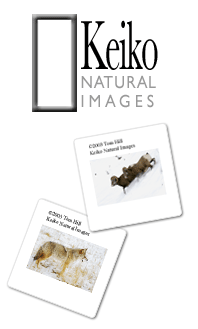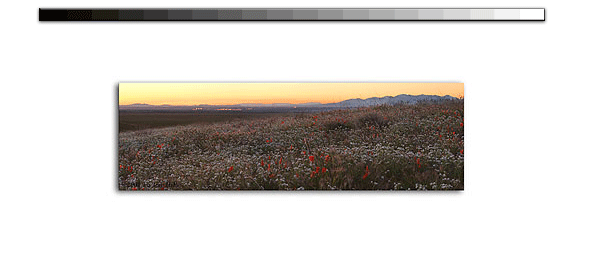|
Taking on a "machine gun" photography style leads to false hope of getting the picture. If you use the idea "shoot first, ask questions later" as an operating motive, you begin to lose the photographer's connection to the image. Note: I've written other articles noting how important the photographer and all of his mental constraints are to the image. I've observed in those articles if the photographer is removed from the image, you lose the human perspective of the event and therefore most of the interest. Anyway, shooting without discretion doesn't guarentee getting the image. It only guarentee's lots of film use. Just by putting a lot of lead on the target will not ensuring anything. It probably is defeating things a bit by removing you, the main ingredient of the image.
The most important input to creating any image is you the photographer. You set the conditions, you set the scene, you determine the parameters of the image, and finally you push the trigger. You are the beginning and the end of each and every image that's worth anything. Removing you from the process with indiscriminate trigger pulling takes the most important ingredient away. You have to be an active participant, beyond just pointing the camera and pulling the trigger. You have to be actively involved with everything associated the shooting process.
So, how much is enough? As with anything, the answer depends. The issue isn't about frames per second. It's about pressing the shutter and forgetting about it. It's about letting the technology capture the image using chance verses creating it. While none of the images on this article were taken with the trigger mashed down, they were shot in quick succession. I fired one after another as the situation developed. Each were individual creations made under the conditions I established. While I loved shooting these with my D1h, its superior fps wasn't a requirement. I didn't need all of its 5 fps to get the job done. For each of these images, I chose the location I wanted to shoot, I manually set the exposure because I knew the scene's lighting was going to be fairly static, then I waited for the scene to develop. After each image, I assessed and fired again. I waited to see the subject in the view-finder, see what was developing and fire another shot. While I was shooting quickly, I made a determined effort each and every time to pick the image I wanted verses just laying my finger on the shutter and letting chance take over.
Don't mis-understand my opinion on advanced cameras. I'm not bagging on the technology in this article. I love technology because cameras today respond so quickly and are so accurate. Camera quickness is important because when I choose to shoot, I want to shoot now! I don't need to be waiting for my equipment and I'm glad none of my digital cameras have ever been slow to respond when needed. Without that quick response, I'd have to change my shooting style. Still, I'm not using the camera's quickness to shoot lots of images in a row. Far from it. The Elk sparing on page 2 is the most dense group of shooting I'd done in years yet I fired off significantly fewer images than others standing right next to me. The number of keepers you get is not directly proportional to how many images you shot. Far from it. I think the more you shoot indiscriminately, the less satisfactory your results will be and fewer keepers you'll have.
Do this the next time you're out in the field. Set up you're shooting situation, anticipate where your subject will be. Pre-set all the appropriate exposure settings, then wait until your subject arrives just where you want him. If it never arrives as planned don't worry you'll get another chance on another day. Be happy with yourself for maintaining a high standard and not reducing yourself to the role of simple editor verses photographer.
Cheers
Tom
|
|
|




